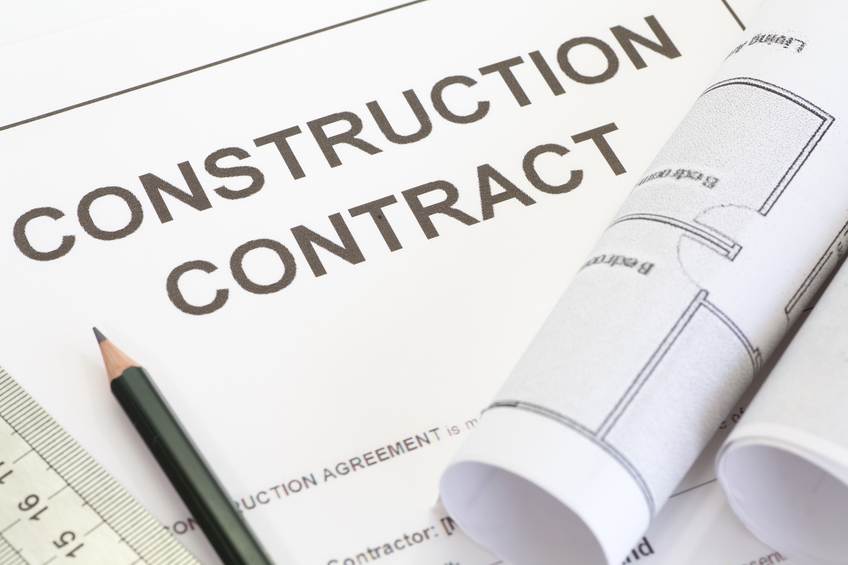Most agents and brokers are aware that performance and paymentbonds address the risks involved when a contractor ordesign-builder defaults when building a construction project.
|But not all bonds are created equal.
|Here, Stan Halliday, chief underwriting officer for TravelersBond & Specialty Insurance, Construction Services and NationalAccounts, shares insights about expedited dispute resolution (EDR)bonds.
|PC360: What exactly is an EDR?
|Stan Halliday: In my experience, the specificlanguage in the surety bond can significantly impact both the timeperiod in which a surety must respond and the alternativesavailable to the surety when an owner declares a default.
|The Expedited Dispute Resolution (EDR) performance bond combinesthe coverage options of a traditional AIA 312 performance bond with a streamlined claiminvestigation and adjudication process that helps resolvedisputes quickly and keeps the project's construction schedule ontrack. The EDR bond form expressly covers liquidated damages andwarranty provisions and can be further tailored to align with theunderlying contract terms.
|Related: Decoding Data: EDRs in Auto ClaimsInvestigation
|Travelers offers these bonds to benefit the owner of aconstruction project and the contractor, too. Essentially, an EDRbond enables a quicker and more well-defined resolution from thesurety than traditional performance bonds and is treated as acredible form of performance security by lenders and ratingsagencies.
||
An EDR bond is not well-suited to every constructionproject. (Photo: iStock)
PC360: When shouldEDRs be used?
|Halliday: While an EDR bond has somesignificant benefits, it is not suited for every construction project. It was created toaddress the needs of larger Design-Build andEngineer-Procure-Construct projects, particularly those with atime-critical component.
|An EDR bond may be a good fit when:
- |
- |
- |
- An owner is asking for a Letter of Credit (LOC).
- The project timing is sensitive and critical.
- The liquidated damages are potentially high.
- The borrowing and financing costs to the owner are particularlyhigh.
- The project is financed with private bond debt.
- |
- |
Examples of projects where EDR bonds could be beneficial includepower plants, oil and gas pipeline reconstruction, manufacturingfacilities, data centers, high-tech projects, privateinstitutions and public-private partnerships. EDR bonds aren't thebest fit for traditional design-bid-build projects where the designrisk falls under a separate contract than the constructioncontract.
|Related: Construction industry already feeling impact of newrisk management, technological tools
||
Most performance LOCs fall within 3 to 10 percent of theconstruction value. (Photo: iStock)
|PC360: When is a Letter of Credit (LOC)necessary?
|Halliday: A performance LOC is a written financial undertaking from a bank thatguarantees the contractor's performance to a constructionowner. If the contractor is unable to perform on the contract, theowner may make a demand on the bank, and the bank will be requiredto pay the requested amount up to the full value of the LOC. Mostperformance LOCs fall within 3 to 10 percent of the constructionvalue.
|Related: Taking care of trucking companies
|PC360: How does an EDR compare to anLOC?
|Halliday: Here are the main advantages toa construction owner of securing an EDR bond over an LOC:
- Ongoing prequalification services;
- Incorporation of the underlying construction contractdocuments;
- Payment of valid claims from subcontractors and suppliers;and
- Dedicated claims professionals to assist with projectcompletion and payment of all valid claims, keeping the projectlien free.
An EDR bond also offers some advantages to the contractor. Theseinclude:
- It does not utilize a contractor's borrowing capacity andexisting liquidity, and
- It provides an independent third-party evaluation of thedispute, ensuring both parties are treated fairly.
Related: Environmental risk: Exposures and solutions forgeneral contractors
|
In some instances, an EDR may provide significantly morecoverage in the event of a construction contract dispute. (Photo:iStock)
|PC360: Can you provide an example of where an EDRbond likely would be beneficial?
|Halliday: Imagine a case where a dispute arises between the contractor and theowner on a large Design-Build project. The dispute centers onwhy the contractor is behind on the original schedule forcompletion. The contractor says that permitting delays outside ofits control are the cause. The owner says that's not the case.Further complicating matters is the fact that the contractor'sparent company has developed significant financial difficulties andsubcontractors and suppliers are not being paid, so they've stoppedworking. The owner's security is a 5 percent or 10 percent LOC,which the owner has almost entirely exhausted to get thesubcontractors to return to work.
|Related: Brokers and their fiduciary duties
|The owner may have significant financial and reputational exposureshould the schedule be delayed further or if the contractor is notable to complete the work. Plus, should the owner prevail on theresponsibility for the delay, it's not certain that the contractorcan pay the damages.
|Were the EDR bond in place, it would offer:
- |
- |
- |
- |
- Significantly more coverage (up to 100 percent of the contractvalue for both performance of the contract and payment of allsubcontractors and suppliers) for the owner than a 5 percent or 10percent LOC. The taxpayers and subcontractors/suppliers would beprotected.
- A 15-day claim investigation by the surety to determine if theowner's declaration of default is valid.
- A 45-day arbitration proceeding if the surety disputesthe default declaration. This would result in an independentthird-party decision that is binding on all parties.
- Security for the owner that the project schedule would continuewith minimal delays. Either the contractor or its surety would makesure the project continues and the schedule is maintained as bestas possible.
- Full coverage for liquidated damages and warranty issues underthe performance bond.
- |
- |
- |
See also:
||Want to continue reading?
Become a Free PropertyCasualty360 Digital Reader
Your access to unlimited PropertyCasualty360 content isn’t changing.
Once you are an ALM digital member, you’ll receive:
- All PropertyCasualty360.com news coverage, best practices, and in-depth analysis.
- Educational webcasts, resources from industry leaders, and informative newsletters.
- Other award-winning websites including BenefitsPRO.com and ThinkAdvisor.com.
Already have an account? Sign In
© 2024 ALM Global, LLC, All Rights Reserved. Request academic re-use from www.copyright.com. All other uses, submit a request to [email protected]. For more information visit Asset & Logo Licensing.








